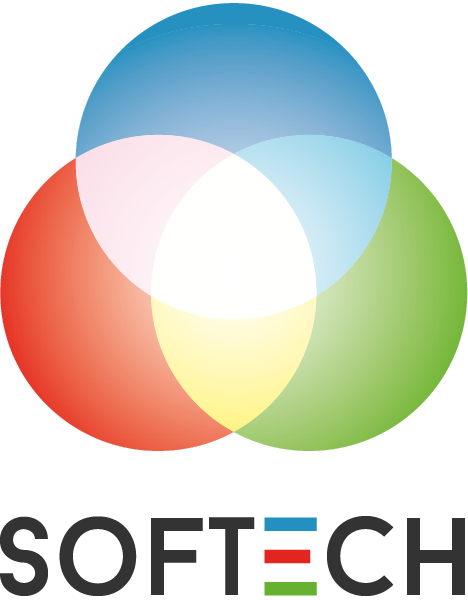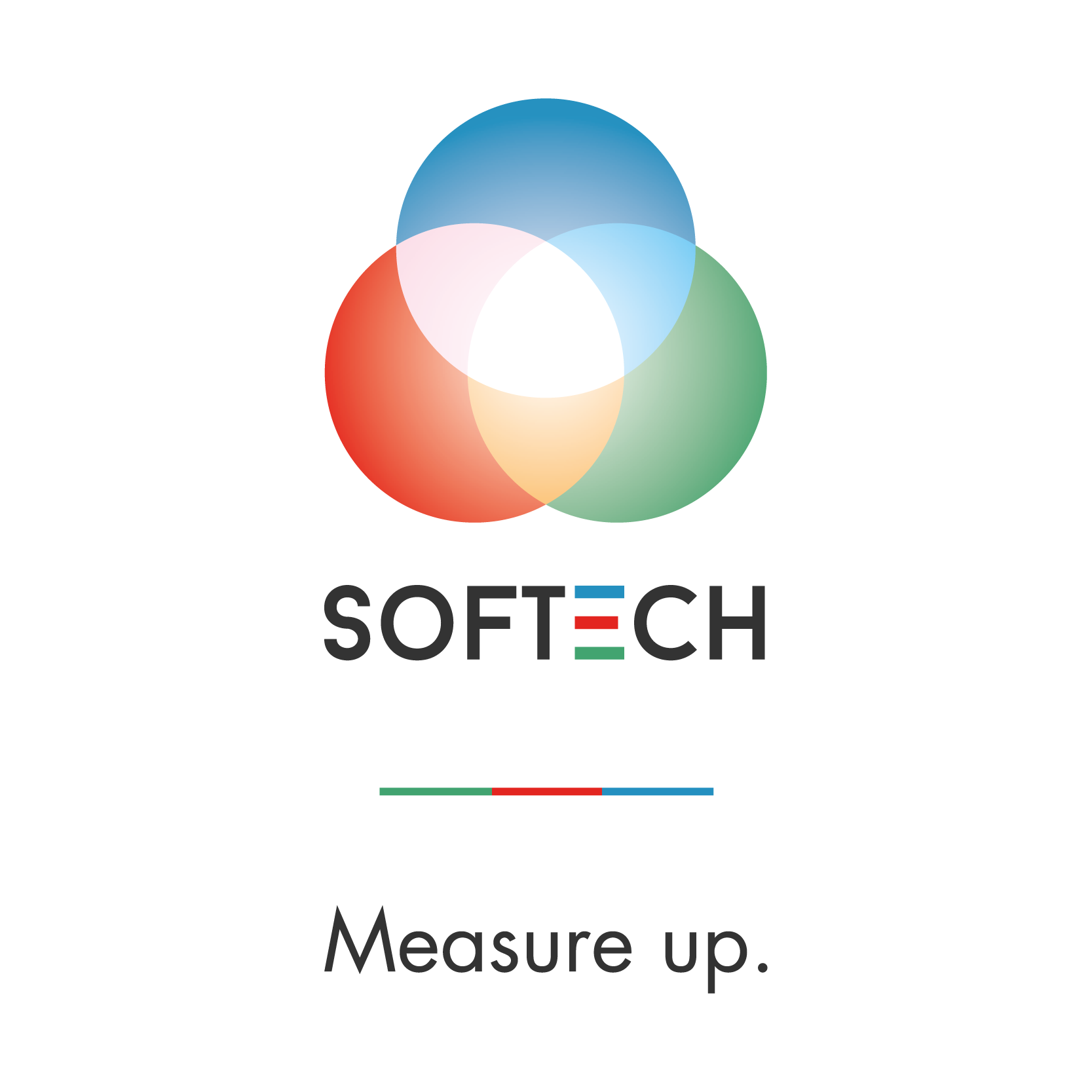SIDs & STARs: Let’s discover the Standard Instruments
Standard instrument departures (SIDs) and standard instrument arrivals (STARs) are charted instrument procedure designs depicting the lateral profile that pilots must follow for landing or departing at suitably equipped aerodromes. Various level and speed restrictions apply along the route.
There is a standardized system of communication for SID and STAR procedures to ensure efficient and concise communication that would otherwise require long and complex radio transmissions between the pilot and air traffic control.
SID and STAR designs and standardized transmissions are an effective way of communicating a large amount of complex information for safe and efficient departures and arrivals and are in place worldwide through the International Civil Aviation Organization (ICAO).
There are 3 types of SID:
- Straight departure: procedure that does not require a turn greater than 15 ° with respect to the extension of the centerline of the runway.
- Turning departure: it is a type of procedure which requires a turn greater than 15 ° with respect to the extension of the centerline of the runway, the first turn must be performed upon reaching the TP (Turning Point) which guarantees minimum separation from the highest obstacle below it 120 m. This separation may vary according to the morphology of the terrain and the average wind recorded in the airport area.
- Omnidirectional departure: this is a type of procedure in which there is usually no radio assistance available to pilots to perform a normal SID. Pilots will be able to tack in any direction upon reaching a point published on the procedure map.
The carrying out of a SID is the responsibility of the pilot in command.

Some SIDs are developed solely to meet noise abatement requirements.
These types of restrictions require higher altitude starts, higher elevation gains, slower speeds and veers to avoid specific areas.
Airports monitor the correct application of the procedures for implementing the noise abatement rules.
Among the feasible solutions, the choice of a noise data monitoring and management system that also allows the analysis of radar tracks, such as SARA. In fact, our platform allows the airport to verify compliance with the SIDs and to apply penalties where necessary, so as to encourage compliance with noise abatement procedures.
Leggi le altre news
Highway Control Room: Where Mobility Takes Shape
The highway control room is the operational nerve center of motorway management — the place where information converges, strategic decisions are made, and mobility is coordinated in real time. In this environment, technology plays a critical role, enabling continuous monitoring, fast communication, and efficient traffic control. Advanced Monitoring Systems Inside the control room, operators rely […]
SARA-NOISE AT TURIN CASELLE INTERNATIONAL AIRPORT
The airport management company SAGAT SpA chooses our systems for noise monitoring and analysis. To monitor aircraft noise emissions, SAGAT Spa has chosen to rely on our SARA system. SARA is the Softech solution for monitoring and analyzing environmental parameters (noise, air quality, weather) at the airport. Equipped with highly specialized analysis software and monitoring […]
G-SMART: ADR – Aeroporti di Roma chooses our system for IoT monitoring and benchmarking of trolley collection areas.
An IoT infrastructure for the active and continuous monitoring of the trolley collection areas at Fiumicino International Airport. G-SMART is the GSE tracking system that combines different technologies (RFID, Bluetooth, ADS-B, GPS) to create the best performing solution depending on the application scenario. IPS – indoor positioning systems – are systems that allow objects to […]


